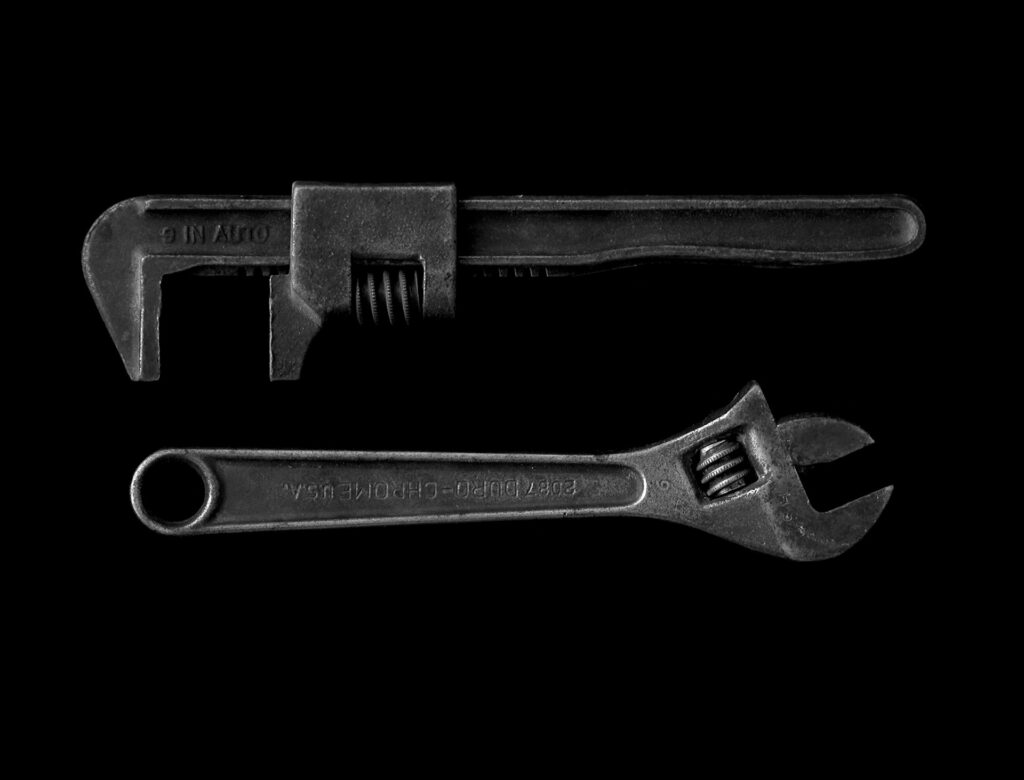Tool, the iconic American rock band, has built a reputation for their innovative and intricate sound. While their music is often classified under rock and metal genres, their style is much more complex. In this article, we dive deep into “What genre is Tool?” and explore the elements that define their genre-defying sound. From progressive rock to alternative metal, Tool’s blend of styles is as unique as their approach to music.
Introduction: The Musical Journey of Tool
Founded in 1990 in Los Angeles, California, Tool quickly became known for their distinctive sound and approach to songwriting. Over the years, their music has evolved, influenced by a variety of genres such as progressive rock, alternative metal, and even experimental rock. What makes Tool stand out is their ability to combine different musical influences and create a sound that is uniquely their own.
While fans and critics alike often debate the exact genre of Tool, one thing remains clear: they don’t easily fit into any one category. Let’s explore the different genres and subgenres that shape Tool’s music.
Progressive Rock: A Core Element of Tool’s Sound
One of the key genres associated with Tool is progressive rock. Progressive rock is known for its complex structures, time signature changes, and experimental sound. Tool’s music embraces these characteristics, often featuring long, intricate compositions with multiple movements within a single track.
Tracks like “Lateralus” and “Schism” demonstrate Tool’s ability to craft songs that push the boundaries of traditional rock music. With their deep, thought-provoking lyrics and unconventional song structures, Tool aligns with progressive rock bands like King Crimson and Yes, but with a darker, heavier edge.
Characteristics of Progressive Rock in Tool’s Music:
- Complex time signatures
- Long, expansive song structures
- A focus on musicianship and technical skill
- Concept albums and thought-provoking lyrics
- Frequent use of non-traditional instruments and sounds
Alternative Metal: A Fusion of Hard Rock and Metal
Tool’s music is often classified as alternative metal. This genre blends the heaviness and aggression of metal with the more experimental and alternative elements found in rock. Alternative metal is known for its incorporation of various styles, including grunge, post-punk, and industrial, and Tool has been one of the pioneers in combining these elements.
The band’s early albums, such as Undertow (1993) and Ænima (1996), showcase the raw, intense sound of alternative metal. Tracks like “Stinkfist” and “Ænima” mix powerful guitar riffs with atmospheric, haunting melodies, creating a unique sonic landscape that has become synonymous with the band’s style.
Features of Alternative Metal in Tool’s Music:
- Heavily distorted guitars and bass
- Aggressive drumming
- Dark, brooding atmosphere
- Lyrics often exploring personal and societal themes
- Fusion of different musical influences
The Influence of Art Rock
In addition to progressive rock and alternative metal, art rock has played a significant role in shaping Tool’s music. Art rock is characterized by a focus on the artistic and experimental side of rock music, often incorporating elements from classical, jazz, and avant-garde music. Tool’s exploration of soundscapes, ambient textures, and conceptual themes places them firmly within the realm of art rock.
The band’s album Lateralus (2001) is perhaps the best example of their art rock influences. The album features songs that blend intricate, calculated rhythms with atmospheric instrumentation. Moreover, the use of visual elements, such as the album artwork and music videos, adds another layer of artistic expression to Tool’s work.
Art Rock Elements in Tool’s Music:
- Focus on artistic expression rather than commercial success
- Incorporation of classical and avant-garde elements
- Use of unconventional instruments and sounds
- Conceptual albums that explore deep philosophical and existential themes
Experimental Rock: Pushing Boundaries
Tool’s willingness to experiment with sound and structure makes them a prime example of experimental rock. Experimental rock is known for its exploration of unconventional sounds, song structures, and genres. Tool often challenges the traditional formats of rock music, incorporating non-traditional time signatures, dissonant chords, and complex arrangements.
For instance, the song “Right in Two” from the album 10,000 Days (2006) uses unusual rhythms and shifts in melody to create a sense of tension and release. Tool’s ability to blur the lines between genres and create unpredictable soundscapes is a defining feature of their music.
Experimental Rock Traits in Tool’s Work:
- Use of non-traditional time signatures and complex rhythms
- A focus on exploring new musical territory
- Songs that deviate from standard pop/rock formats
- Abstract lyrics and themes
- Willingness to take creative risks
Tool’s Lyrical Themes: Philosophy, Spirituality, and Human Nature
A significant part of Tool’s identity lies in their lyrical content. Their songs often explore complex themes related to philosophy, spirituality, and human nature. Many of their tracks delve into introspective subjects, questioning existence, consciousness, and the nature of reality.
For example, the song “Lateralus” is inspired by the Fibonacci sequence and the concept of spiritual growth, while “Ænima” is a critique of modern society and its destructive tendencies. The band’s use of metaphor, symbolism, and abstract concepts makes their lyrics rich for interpretation.
Common Lyrical Themes in Tool’s Music:
- Spiritual awakening and self-discovery
- Exploration of existential and philosophical questions
- Criticism of societal norms and institutions
- Symbolism and metaphors used to convey deeper meanings
The Evolution of Tool’s Sound
Over the years, Tool’s sound has evolved, blending their foundational influences with new ideas. Early in their career, the band’s music was more rooted in alternative metal, as seen on albums like Undertow and Ænima. As their career progressed, however, they began to embrace more complex, layered compositions that incorporated elements of progressive rock, art rock, and experimental rock.
This evolution reached its peak with the release of Lateralus and 10,000 Days, where the band’s sound became more polished and refined. These albums featured intricate arrangements, complex rhythms, and abstract lyrics that resonated with both longtime fans and new listeners. Their most recent work, Fear Inoculum (2019), continues this trend, showcasing the band’s ability to stay relevant while maintaining their unique musical identity.
Tool’s Influence on Modern Music
Tool’s influence on modern rock and metal cannot be overstated. The band has paved the way for countless artists who wish to push the boundaries of their genres. Their unique blend of progressive rock, alternative metal, and experimental sounds has inspired many bands in the modern rock scene. Tool’s emphasis on technical musicianship, intricate compositions, and introspective lyrics has set them apart as one of the most innovative bands of their generation.
Moreover, Tool’s approach to music videos, album artwork, and live performances has influenced the visual and multimedia aspects of modern rock culture. Their immersive live shows, accompanied by stunning visual effects and projections, have set a new standard for what a rock concert can be.
Conclusion: Embracing Musical Diversity
In conclusion, answering the question, “What genre is Tool?”, is not as simple as labeling the band with a single genre. Tool’s music is a fusion of progressive rock, alternative metal, art rock, and experimental rock, with elements of each genre influencing their sound in different ways. Their ability to combine intricate musical arrangements with thought-provoking lyrics has made them one of the most influential bands in modern rock music.


